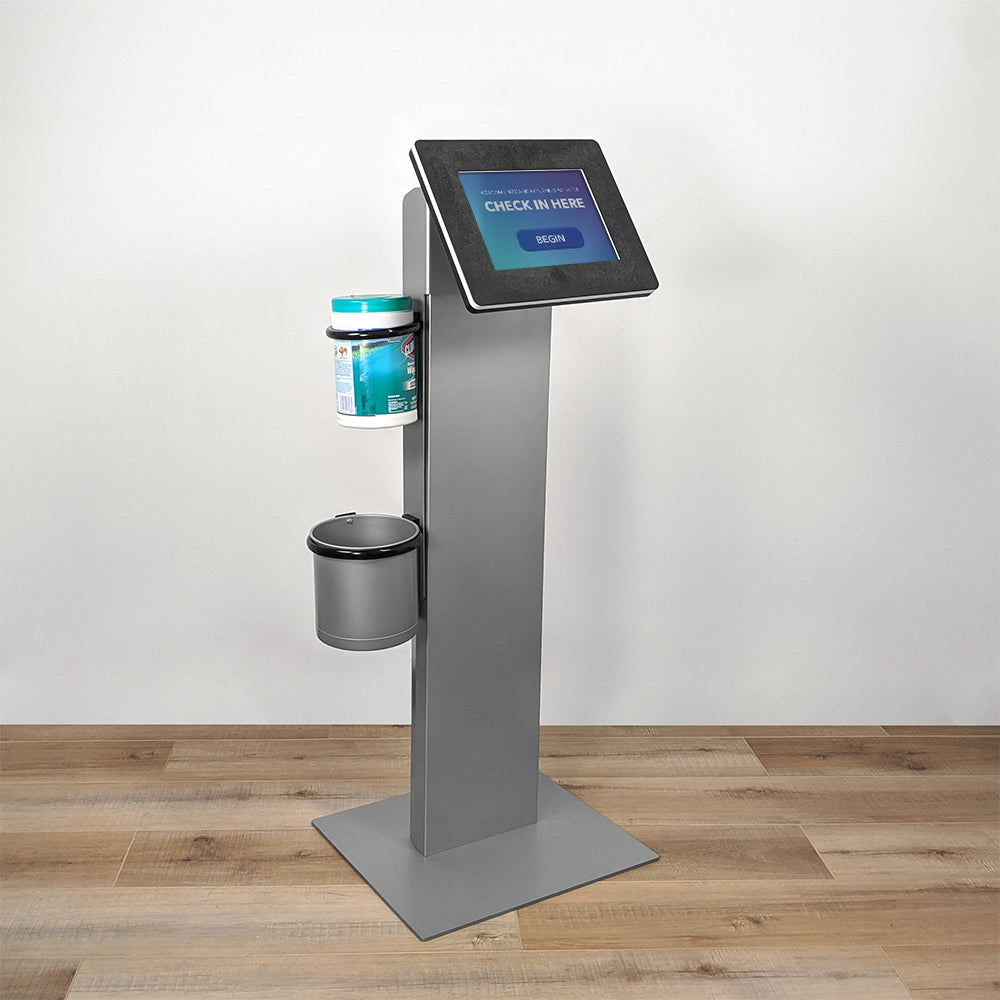Even before closures due to the coronavirus pandemic, museum attendance appeared to be declining across the US 1. Embracing technology can help museums and galleries reverse this trend by providing new experiences and allowing them to adapt to visitor needs.
Bringing the museum to you
Due to the unexpected closures from COVID-19, many museums are now making their collections available to the public through online virtual exhibits. You can browse paintings at the Van Gogh Museum in Amsterdam, explore coral reefs at the National Aquarium in Baltimore, or watch a polar bear livestream at the San Diego Zoo.

A virtual tour of the Van Gogh Museum on Google Arts & Culture.
For institutions that didn’t already offer an interactive experience, the transition to online content has been more difficult. Developing a virtual exhibit or tour takes time and requires a developer experienced in that type of work. Plus, once the content is finished, hours of testing need to go into the project to make sure everything works as expected.
When museums are able to open again, what will happen to this online content? Setting up an interactive tablet kiosk is one answer.
From internet to kiosk
Museums offering virtual tours can transfer the content to kiosks by segmenting the content to each room or exhibit where a kiosk will be set up. Giving visitors an extra bit of information or interactivity about what they’re looking at can help immerse them in the content.
Studies have shown that providing multi-sensory learning experiences can increase information retention 2. This means someone who interacts with a kiosk is more likely to remember their visit than someone who only experienced a visual stimulus.
Keep it fresh
One of the great things about museums is that they’re always changing. Art galleries rotate artwork and showcase new installations. Historical locations have monthly exhibits featuring specific topics and even update information based on new discoveries.
Interactive kiosks can make it easy to rotate in fresh content while also enriching a visitor’s experience.
A kiosk in an art gallery can allow a visitor to see more information about the artist whose work is on display or provide a closer look at specific pieces without running the risk of damage to the artwork. If the exhibit changes, the digital content can easily be swapped out.
Kiosks can also increase or otherwise augment the diversity of perspectives available to visitors. At an aquarium, a tank may always contain the same fish, but a touchscreen could offer a different view with videos about how the types of fish behave in multiple scenarios.
Big impact in a small space
For institutions with limited space, museum kiosks also allow visitors to interact with pieces that might not otherwise be available or background information that can improve their experience. For example, audio tours at the Whalehead in Historic Corolla, NC are given via iPods. To learn about the history of the house, visitors tap the screen in each room to hear an audio recording.

A tablet kiosk with an external monitor at The National Museum of Civil War Medicine.
The National Museum of Civil War Medicine in Frederick, MD has a large series of recruitment posters they want to offer to visitors. Rather than taking up valuable space that could be used for larger exhibits, visitors can browse posters on a tablet kiosk and then send them to an external screen to view at a larger scale.
Not just for learning
Featuring other revenue streams for an institution is another benefit of a kiosk. At the Sunnylands Center & Gardens in Palm Springs, CA, tablet kiosks inform visitors about the history of Sunnylands and the famous people who visited while also highlighting the retreat programs they offer.

A wall mounted kiosk provides extra information about the history of Sunnylands. Photo by The Annenberg Foundation Trust at Sunnylands.
Another common use case is visitor feedback. The North Carolina Museum of Natural Sciences places a tablet kiosk near the exit encouraging visitors to fill out a survey about their experience in the museum. This type of direct feedback can be invaluable for fundraising and other outreach needs.
Protecting museum visitors and staff
Kiosks can provide options for interaction while also supporting social distancing, making it easier to protect staff from close contact with visitors.

Our kiosks can be integrated with sanitizer wipes to help avoid the spread of COVID-19.
Providing opportunities for visitors to interact with kiosks during this time also means planning how to ensure any potential touchpoints are sanitized. Kiosks can be equipped with sanitizer wipes and/or hand sanitizer pumps to disinfect before and after use.
Touchless solutions, like iOS’s native Voice Control features, can also allow visitors to interact without exposure.
Preparing for the future
While this is clearly a difficult time for both museums and the communities they exist to serve, it’s clear that museums and other cultural centers are an important part of our community. The popularity of the virtual exhibits being made available are a testament to that.
However, expectations of visiting a museum could change after experiencing the current wave of online interactive content. As museums try to navigate the reopening process, kiosks can provide an opportunity to connect with visitors in new and innovative ways.
Footnotes
1. Source: Hyperallergic
2. Source: The Manual of Museum Learning



